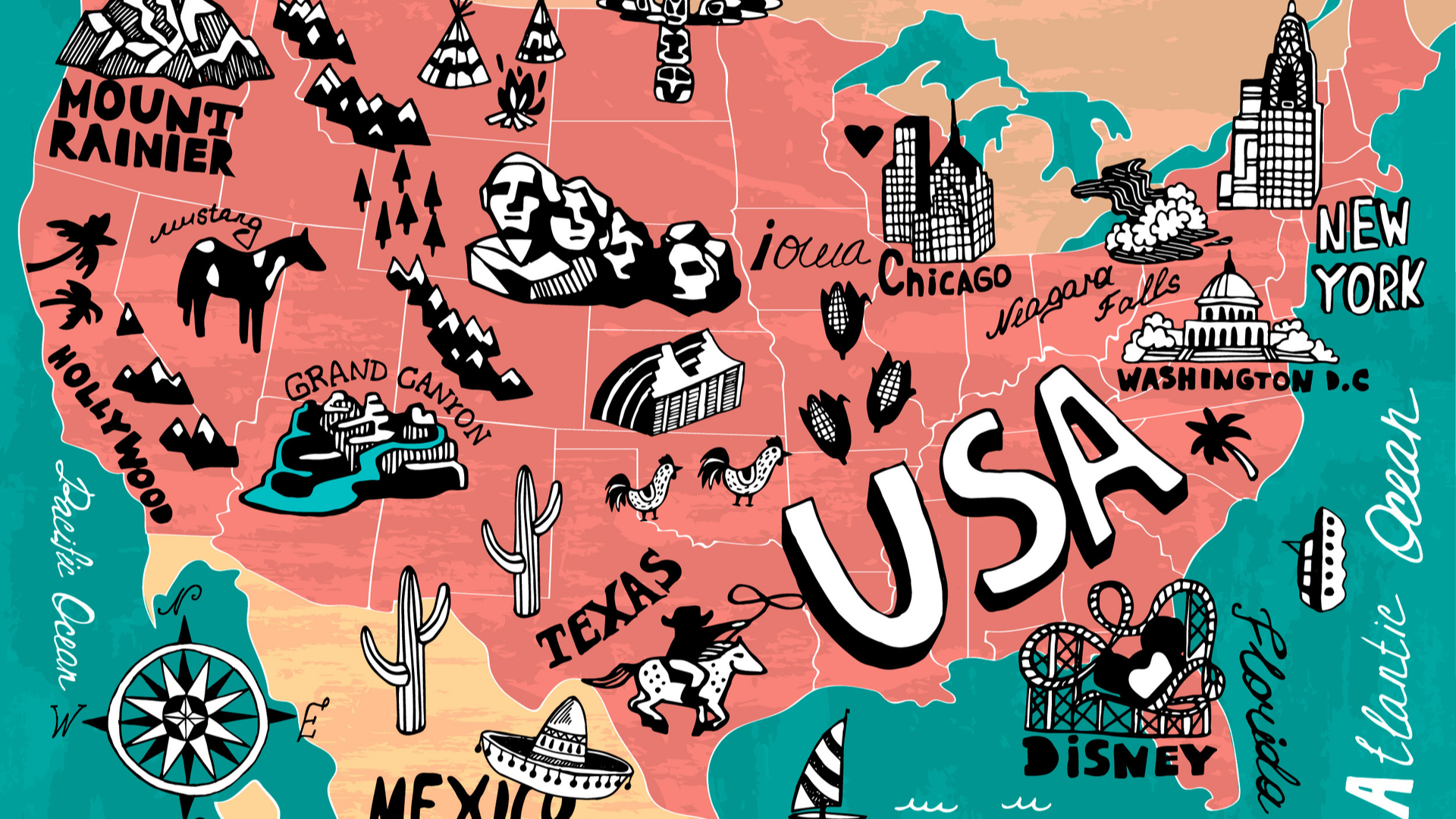Here’s Jing Travel’s weekly guide to stories providing insight into Chinese travel trends and how they affect the industry’s main players.
DONE DEAL
The Thomas Cook saga appears to have reached a conclusion with Fosun Tourism announcing a $550 million investment to take up a 75 percent stake. The world’s oldest travel agency has struggled to differentiate itself in the increasingly competitive tourism industry and announced losses of $1.83 billion in the first half of 2019. Chinese travelers made more than 6 million trips to Europe in 2018 and Fosun believes acquiring a brand with strong name recognition will increase its access to the Chinese market. This is the Shanghai-based company’s second substantial travel maneuver after Fosun took a 98 percent stake in Club Med in 2015.
ISLAND TIME
China’s tropical island of Hainan may be best known as a domestic hotspot for winter escapes, but the province’s tourism officials are increasingly looking further afield. On a tour of Latvia, Croatia, and Hungary this August, delegates from Sanya, the provincial capital, promoted the island’s pristine beaches, organic food culture, and visa-free policy (one devised to grow foreign tourist numbers). Increasing tourism revenue is an ever-important Chinese concern and Hainan, as partnerships with Thomas Cook and Colatour show, is seen as a destination great potential for foreign markets.
EASY PAY
Alipay and WeChat Pay, China’s leading digital payment platforms, continue to increase accessibility for Chinese travelers overseas. WeChat recently struck a deal with LINE Pay, a Japanese mobile payment service with 54 merchants worldwide, saving the more than 8 million annual Chinese tourists the hassle of buying Yen. Alipay has also extended its reach with SnapPay, an international payment solutions company, now accepting the Chinese platform across its North American merchants. The fiercely competitive rollout is set to continue with estimates suggesting Chinese travelers spend 10 to 15 percent more in store when familiar payment services are on offer.
SHOW ME
A Weibo campaign encouraging users to share photo and video content from museum visits gained significant traction this week with 1.1 billion views in only four days. The hashtag #Travelwithweibo also welcomed more than 100 domestic and overseas museums to post engaging material, a move that shows the platform’s commitment to bringing integrating social media within China’s cultural sphere. One strong performer was London’s Victoria and Albert Museum which tapped into the campaign with a curatorial livestream previewing an upcoming Chinese ceramics exhibition.
STAR POWER
Following the 6 percent drop in Chinese tourists in 2018, Brand USA, which markets the U.S. as a travel destination, will launch its biggest ever China-focused social media campaign this fall. The Washington-based company has signed up Mandopop star Jane Zhang to front the Weibo campaign “Feel the USA”. Zhang has been filming promotional content in Las Vegas, New York, and San Francisco this summer with Brand USA hoping the campaign will gain sizable attention among her 42 million followers.
PALACE TREATS
There’s no such thing as a Mid-Autumn Festival without mooncakes. Accordingly, the Palace Museum launched a variety of specialty mooncakes on its Tmall Mart and Tmall stores to mark the upcoming vacation. The museum hopes to promote the history of royal cuisine through these limited-edition products with the Beijing institution teaming up with ceramic craftsmen from Jingdezhen, the home of Chinese porcelain, to create unique packaging designs. As a leading cultural institution in China, the Palace Museum has continued to gain popularity with young audiences through its outstanding performance in IP marketing.



